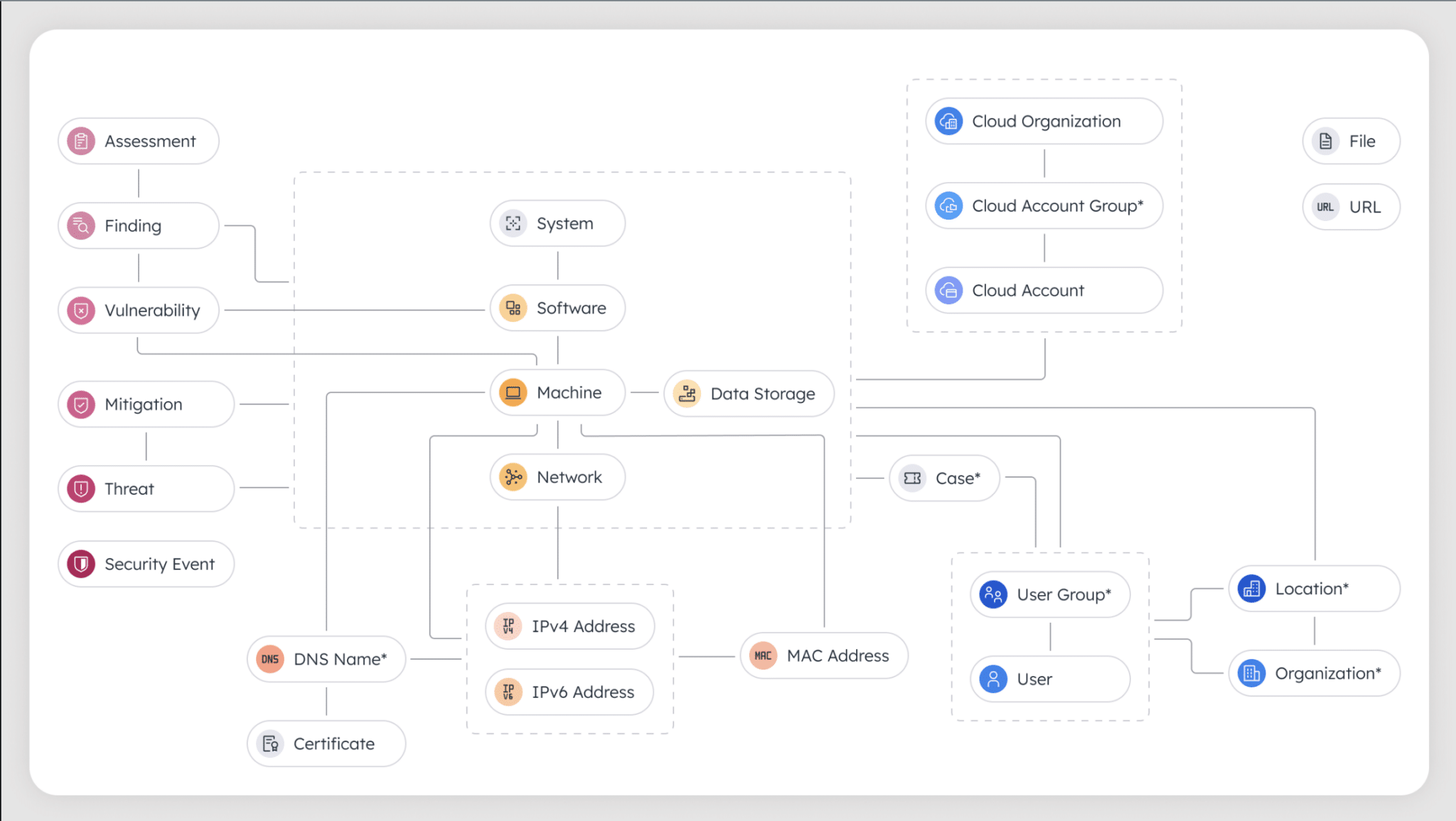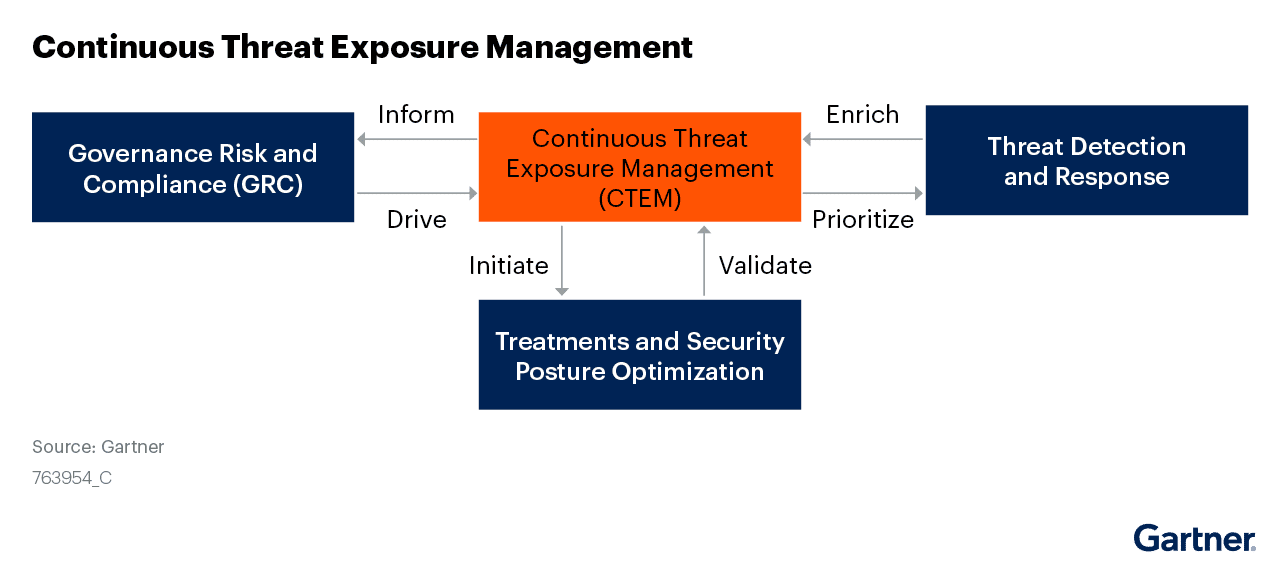Forging Ahead: 2023 Recap & 2024 Cybersecurity Roadmap

With 2023 officially in the rear view, it’s time to pause and contemplate the strides taken, challenges met, and innovations reshaping security protocols. Join us in revisiting the triumphs, addressing the hurdles, and charting a forward course, spotlighting crucial actions shaping our 2024 cybersecurity roadmap.
2023 Unwrapped: Noetic’s Year-in-Review
For Noetic Cyber, 2023 was a year filled with milestones. From pioneering updates that revolutionized cyber asset management to the honor of clinching prestigious industry accolades, our journey echoed a resounding commitment to fortifying defenses and leading the charge against evolving threats.
- Introduced 3 Groundbreaking Updates
In 2023, Noetic Cyber introduced three pivotal capabilities to tackle common security asset management challenges, ensuring swift access to impactful insights while enabling detailed data exploration. These additions—Data Insights, Unified Model Explorer, and Machine Learning (ML) Classifiers—made significant strides in our journey to help our customers understand their attack surface and close high-risk security gaps before attackers exploit them.

- Celebrated Six Prestigious Awards and Accolades
The team’s relentless pursuit of innovation gained widespread recognition within the industry. Our dedication to excellence was validated through six awards to celebrate our transformative impact on the cybersecurity landscape. Notably, the Noetic Cyber Asset Intelligence and Controls Platform clinched dual triumphs at the SC Awards Europe 2023: securing the Best Risk Management title for the second consecutive year, as well as receiving Best Emerging Technology.
- Fostered Collaboration at Multiple Industry Events
From San Francisco to London, our team traveled across the globe to listen and learn from diverse perspectives across the international cybersecurity community. Our presence at these global events isn’t about simply showcasing our platform or achievements; it’s a testament to our commitment to fostering a culture of knowledge-sharing and collaboration. We hosted insightful sessions, panel discussions, and interactive workshops aimed at sharing best practices to address the challenges that define the cybersecurity realm.

Amidst these achievements, the quest for innovation and proactive security strategies continues. As we step into the new year, it’s crucial for security and risk leaders to not only recognize their own achievements, but also prioritize actions to help them navigate the ever-evolving cyber terrain.
On the Rise: Top 3 Security & Risk Actions for 2024
From the exponential rise of multi-cloud environments, to addressing the debilitating data sprawl challenge, we’ve identified three of the most impactful initiatives for security and risk teams to chart a course forward into 2024.
- Embrace a Continuous Threat Exposure Management (CTEM) strategy.
Building upon the groundbreaking advancements witnessed in 2023, continuous threat exposure management (CTEM) is poised to become the linchpin of forward-looking security programs. This approach involves a fundamental shift from traditional periodic risk assessments to a dynamic approach to security posture management.

“By 2026, organizations prioritizing their security investments, based on a continuous threat exposure management program, will realize a two-third reduction in breaches.”
Gartner®, Top Strategic Technology Trends for 2024
Security leaders need to embrace CTEM as a proactive and ongoing process that involves continuous assessment, identification, and mitigation of vulnerabilities and broader ‘exposure’, such as misconfigured cloud storage or unsecure SaaS applications. Leveraging AI, machine learning, and automation, CTEM enables organizations to manage their growing attack surface and improve their cyber resilience.
- Balance multi-cloud security challenges & opportunities.
The exponential rise of multi-cloud environments persist as a dominant force shaping organizational infrastructures. While this offers enhanced scalability, flexibility, and potential cost-efficiency, the management of security across multiple cloud platforms presents real challenges for security teams.
For more cloud security best practices, watch our full Q&A with Jim Reavis, CEO and Co-Founder of the Cloud Security Aliance.
In 2024, security leaders must strike a balance between capitalizing on the opportunities presented by multi-cloud adoption and addressing its complexities. Comprehensive strategies need to be devised to ensure uniform security protocols and standards across diverse cloud infrastructures. This includes robust measures for identity management, data encryption, access controls, and threat detection, encompassing the entirety of the multi-cloud landscape.
- Centralize security hygiene and posture management (SHPM) practices.
A 2023 study from Jon Oltsik at the Enterprise Strategy Group (ESG) highlighted that decentralization of SHPM practices continues to undermine the consistency and efficacy of security measures across organizations, leaving them unable to identify business-critical assets and prioritize effectively. To counter this, security leaders in 2024 should drive initiatives toward centralizing SHPM practices.
Establishing unified governance frameworks and tools ensures the enforcement of standardized security policies, patch management, and vulnerability assessments across all assets and environments. Centralizing SHPM practices bolsters cybersecurity posture, mitigating risks associated with fragmented security approaches.
As we advance into 2024, these strategic imperatives can serve as guiding beacons, steering security and risk teams towards a more cyber resilient future. Embracing these initiatives with a forward-thinking approach ensures organizations remain well-equipped to navigate the complexities of the digital realm, bolster their cyber defenses, and proactively defend against the evolving threat landscape.
